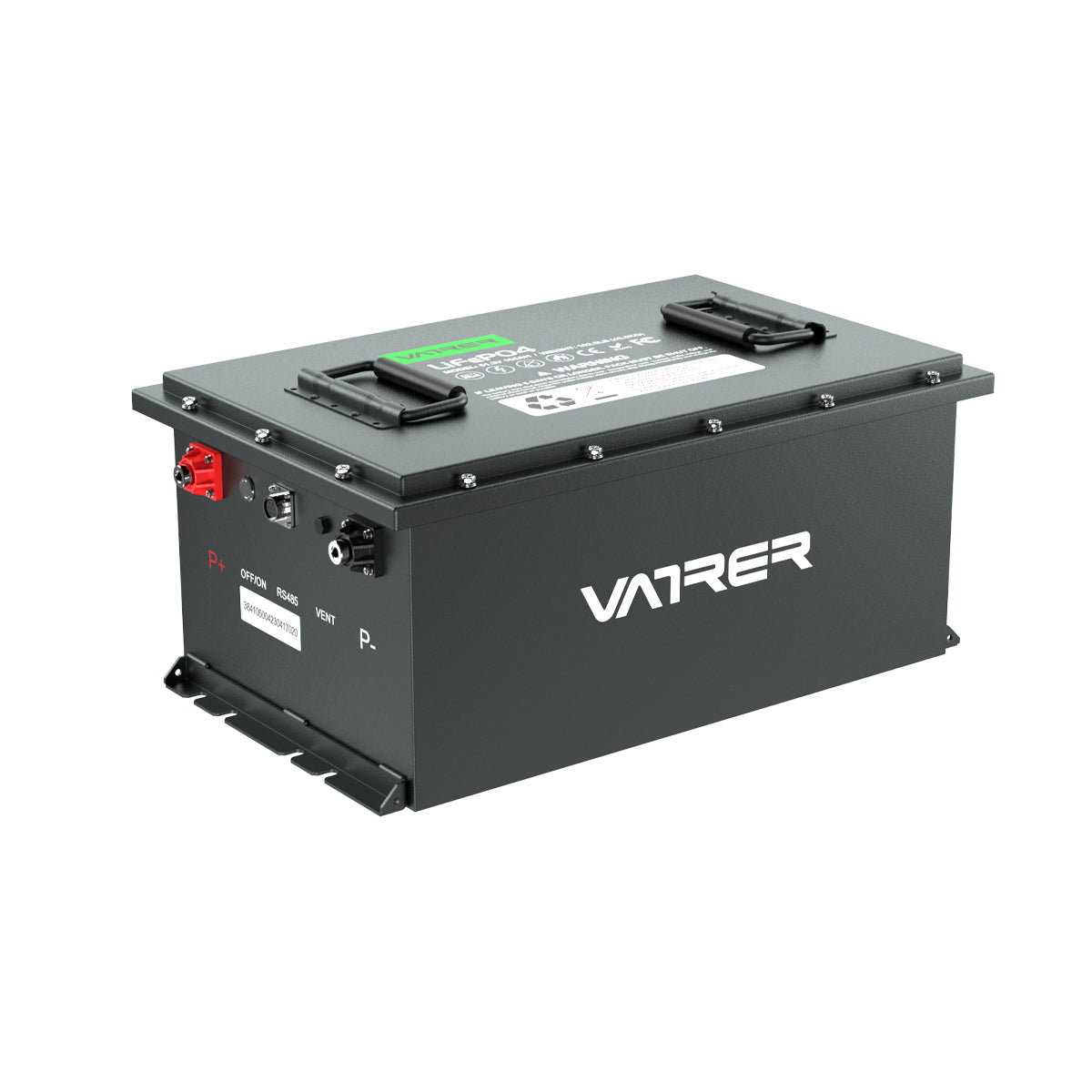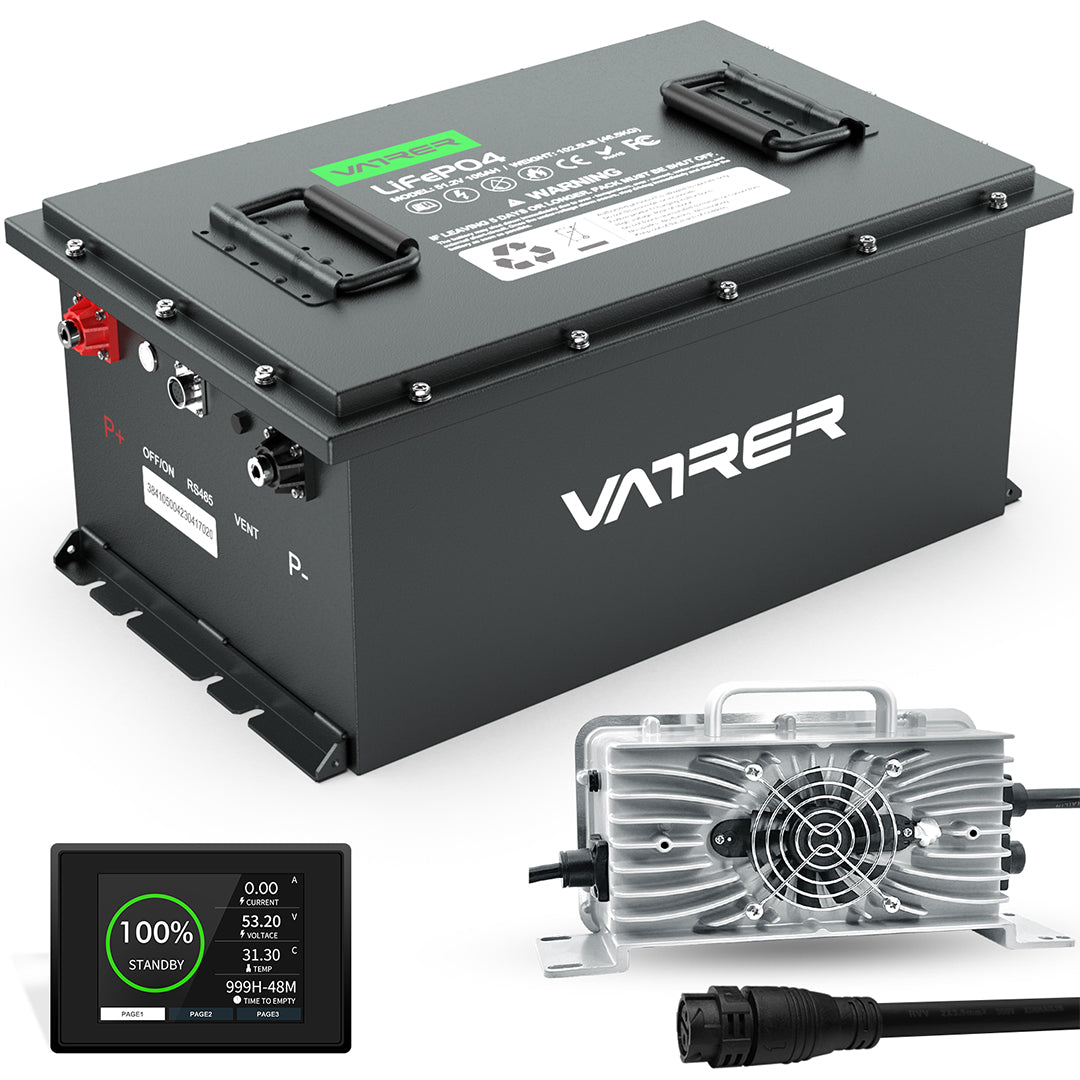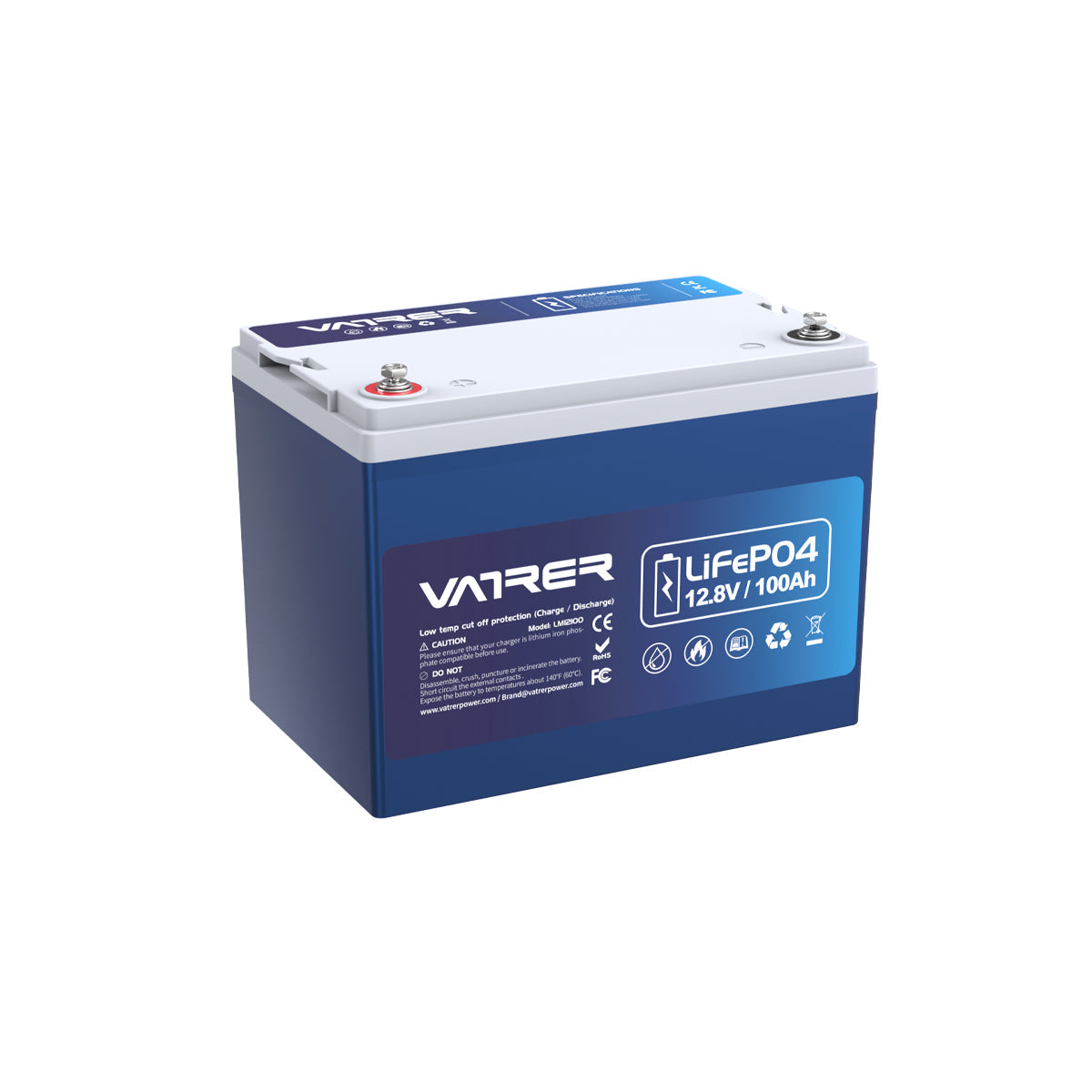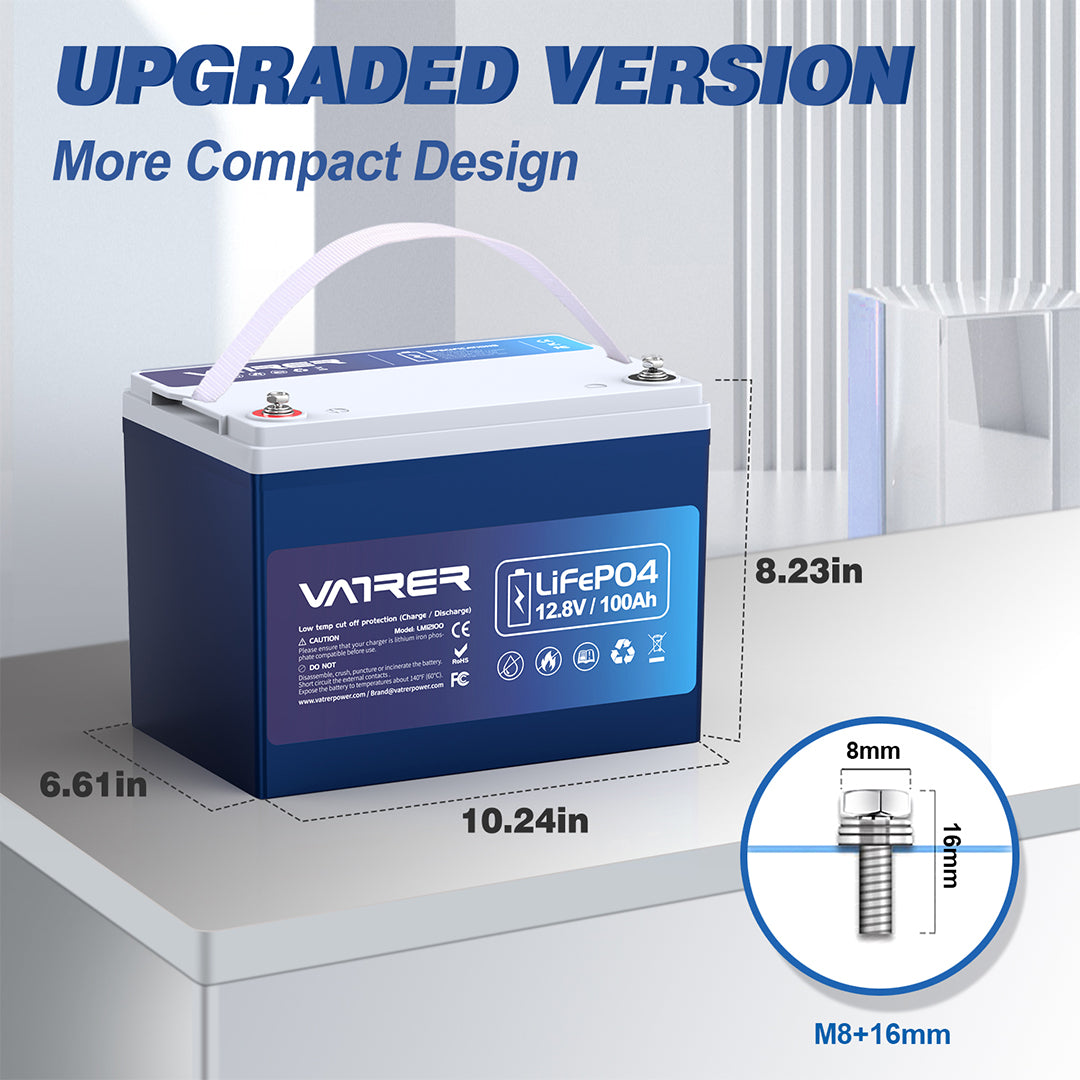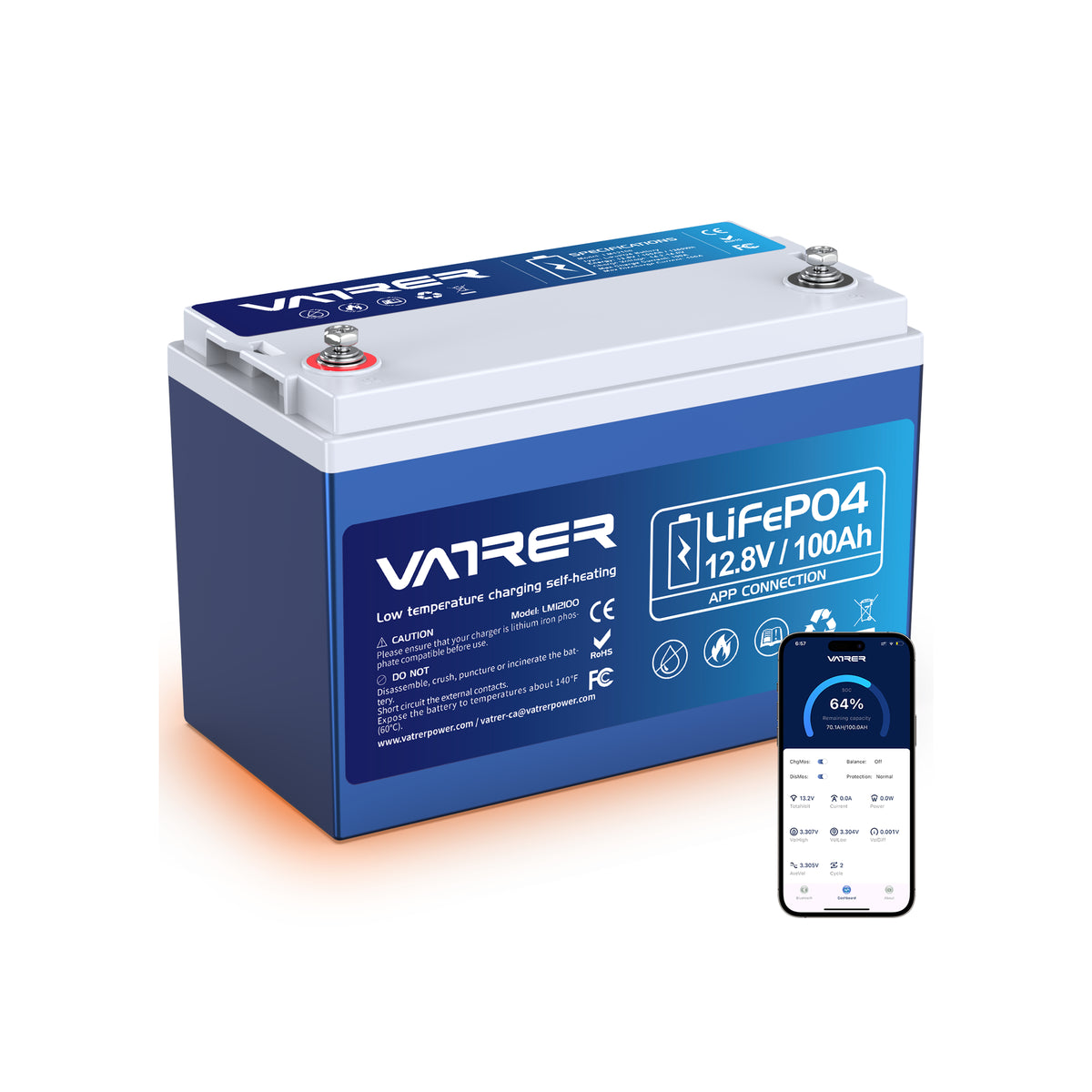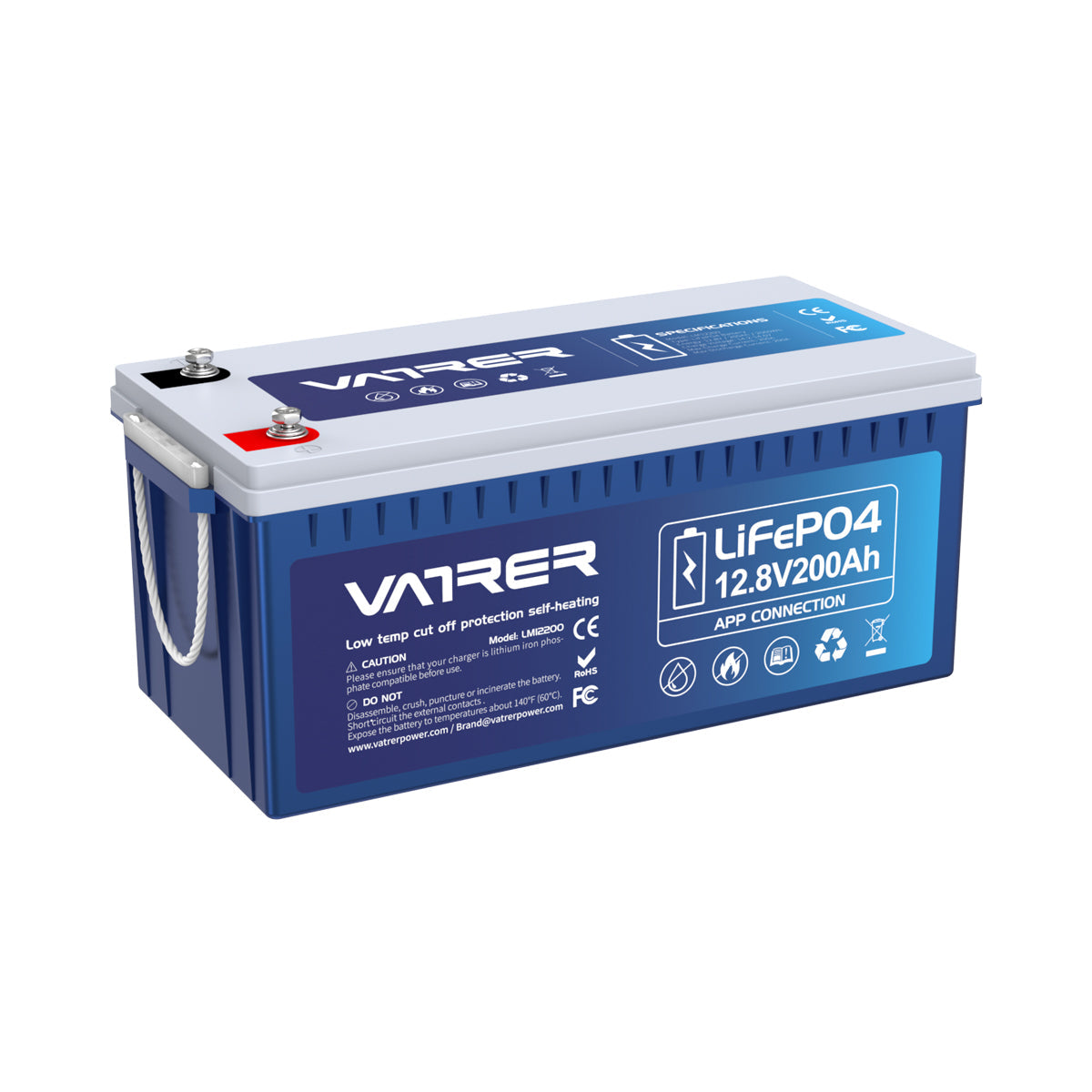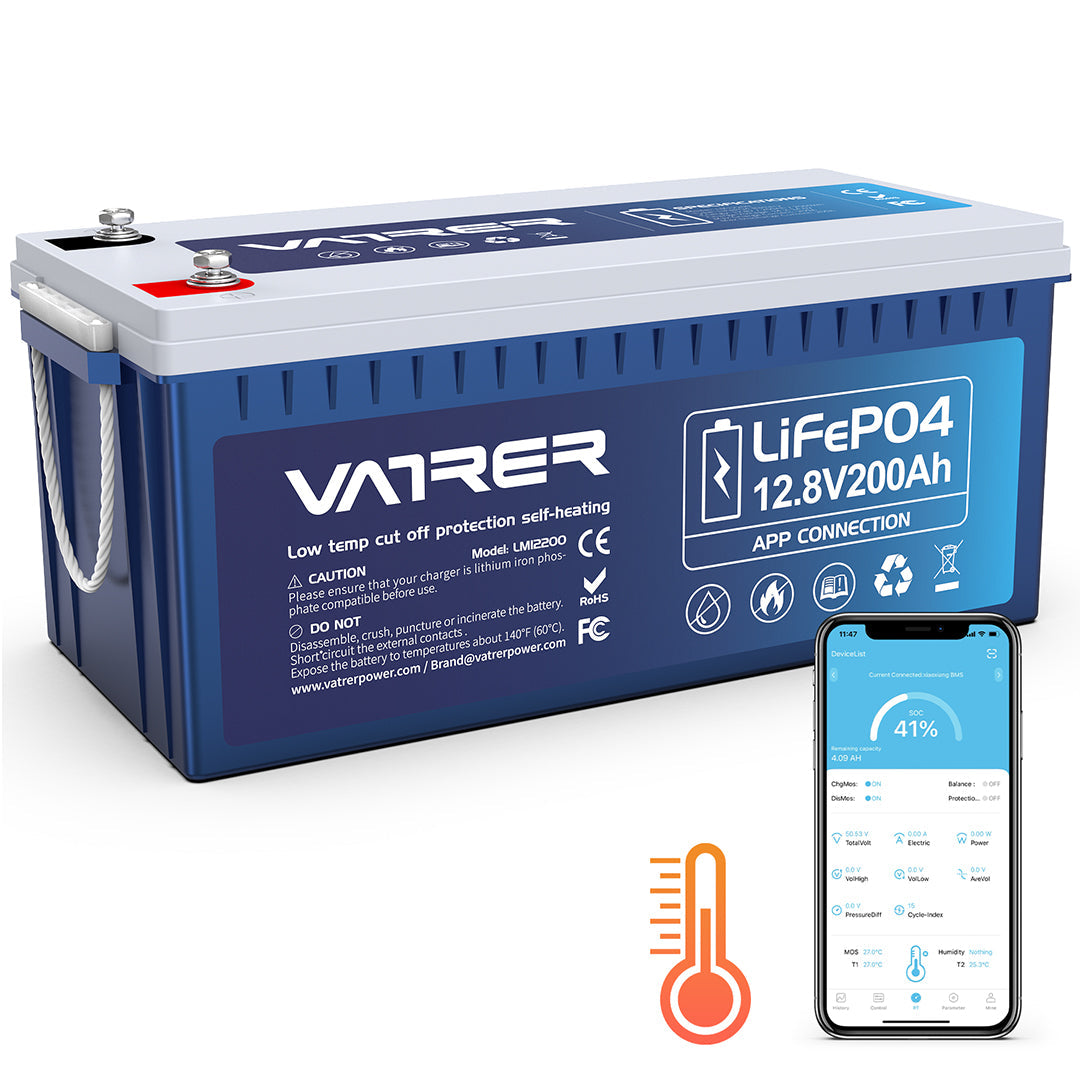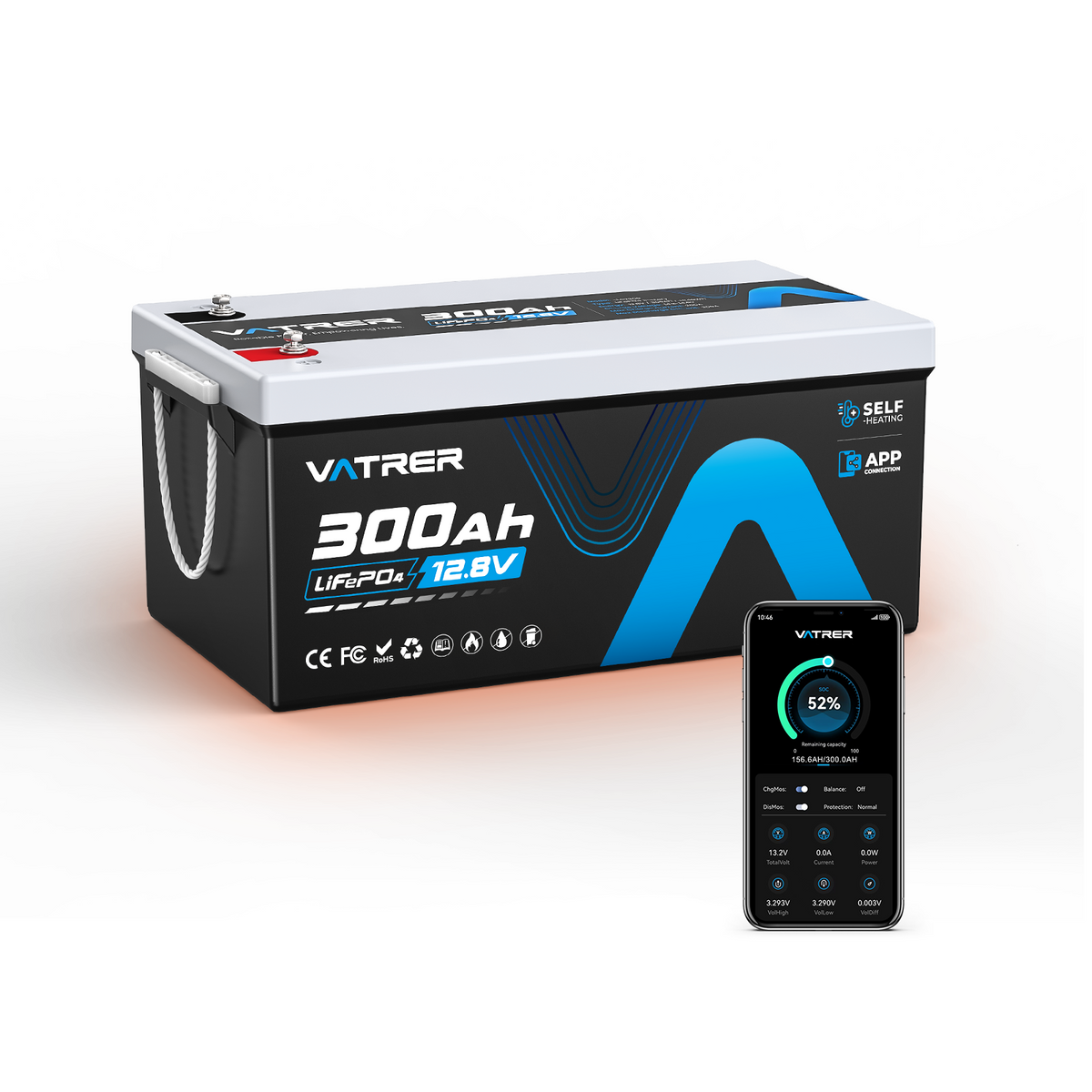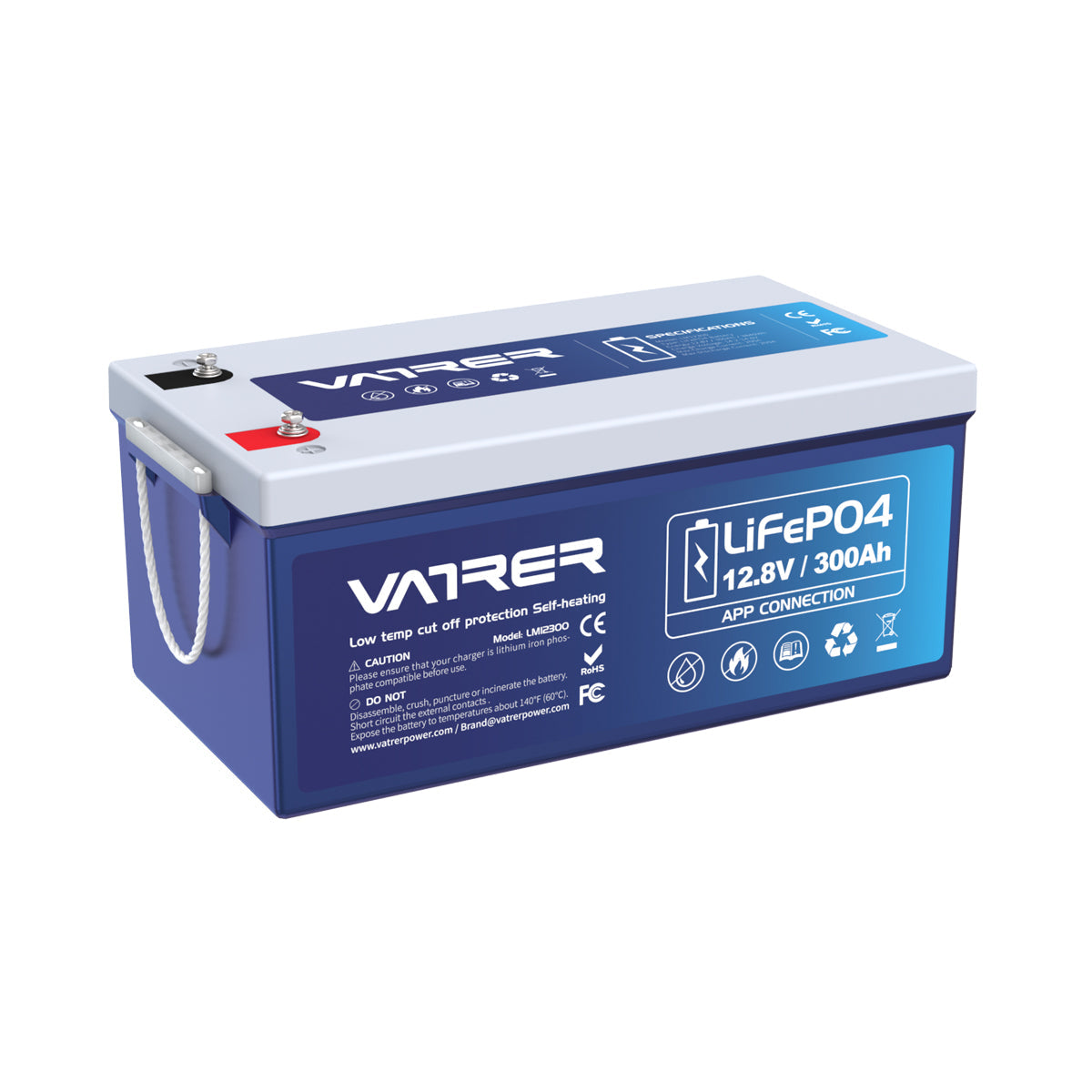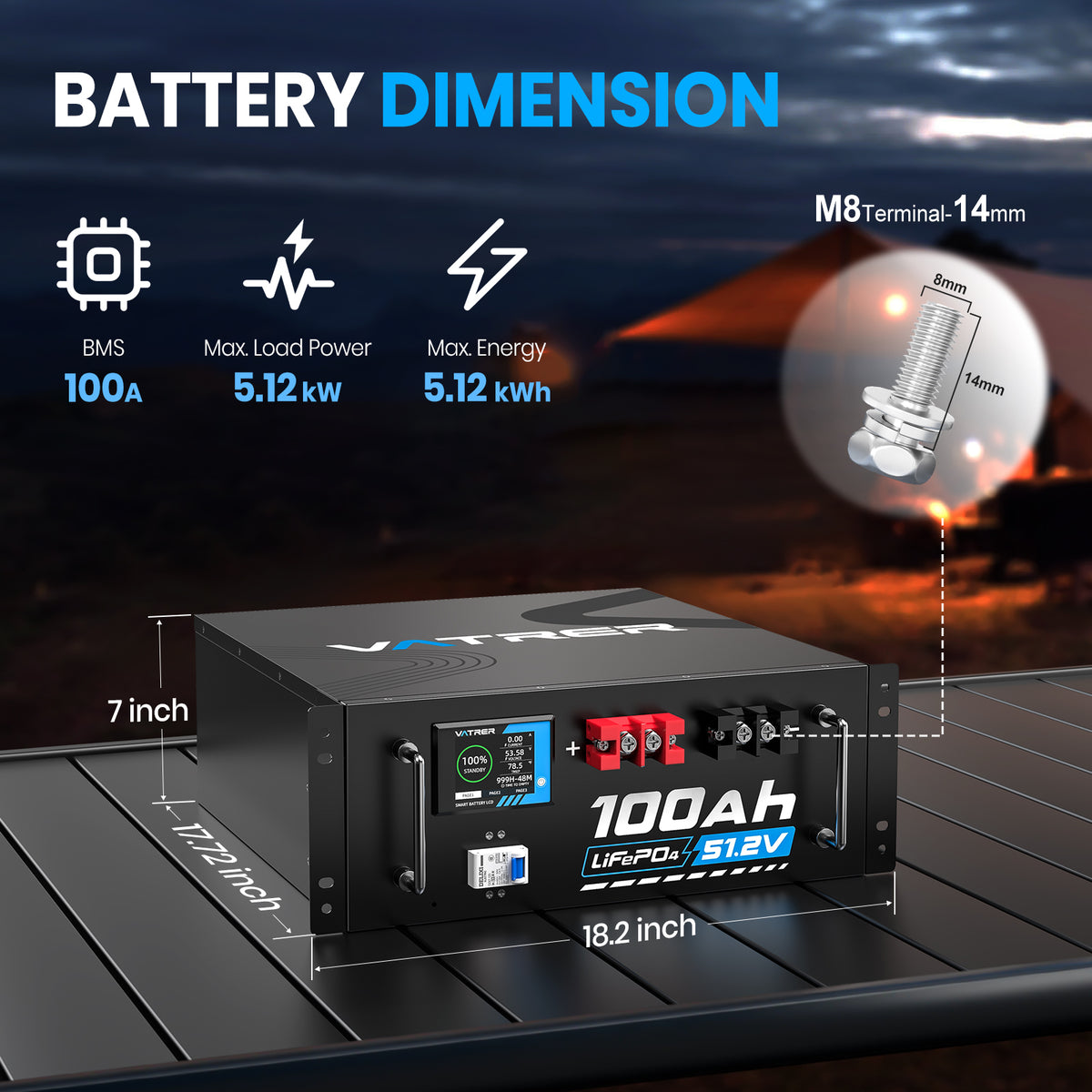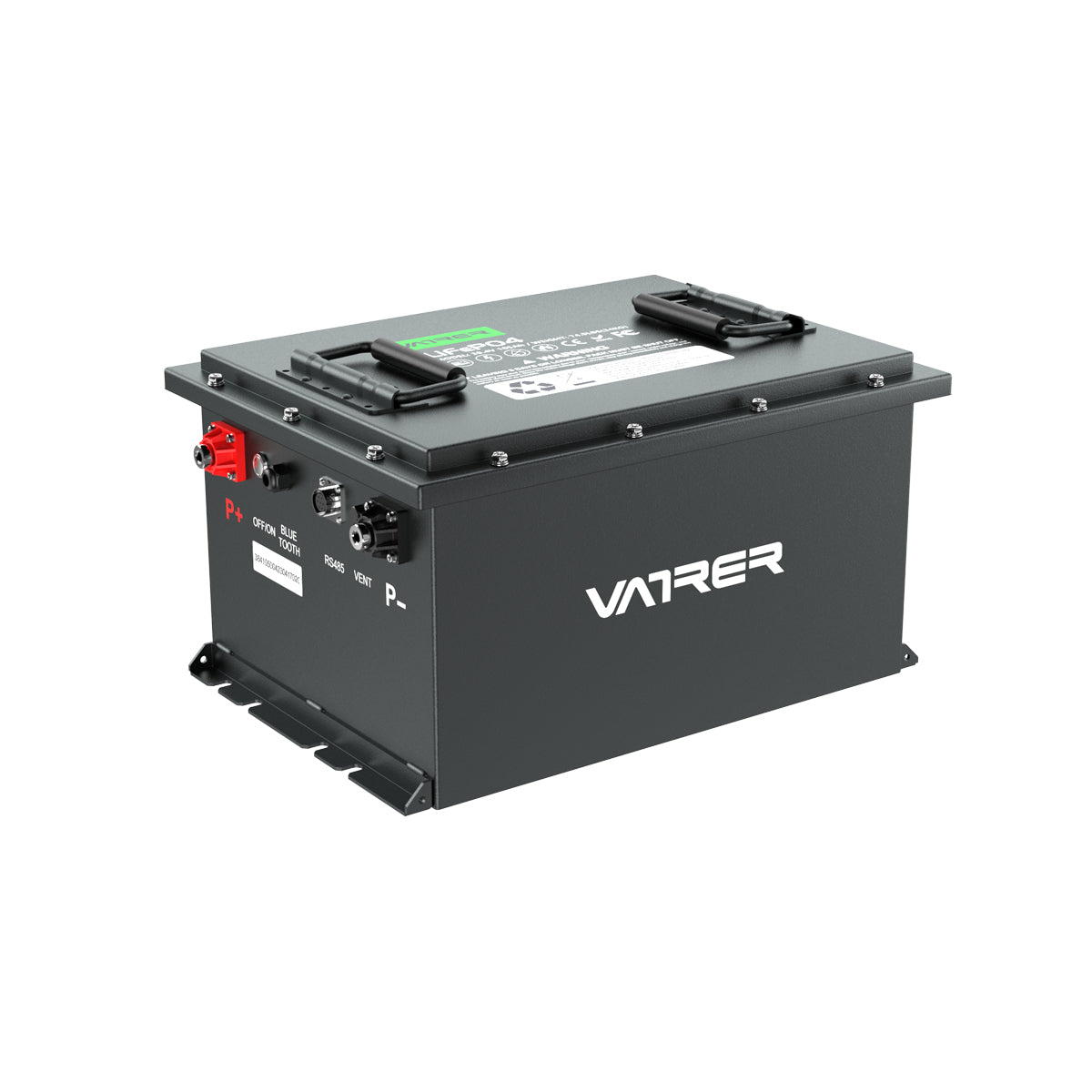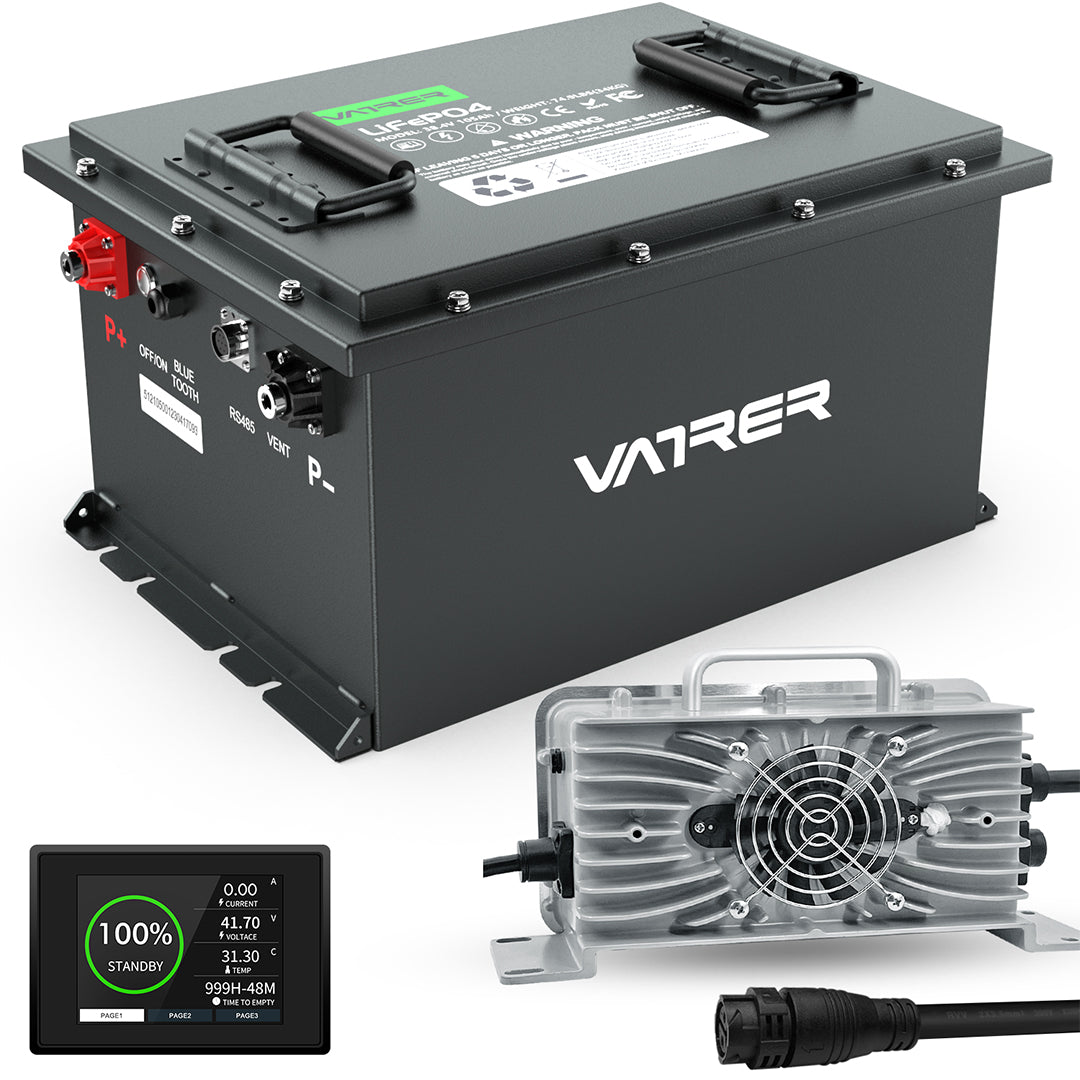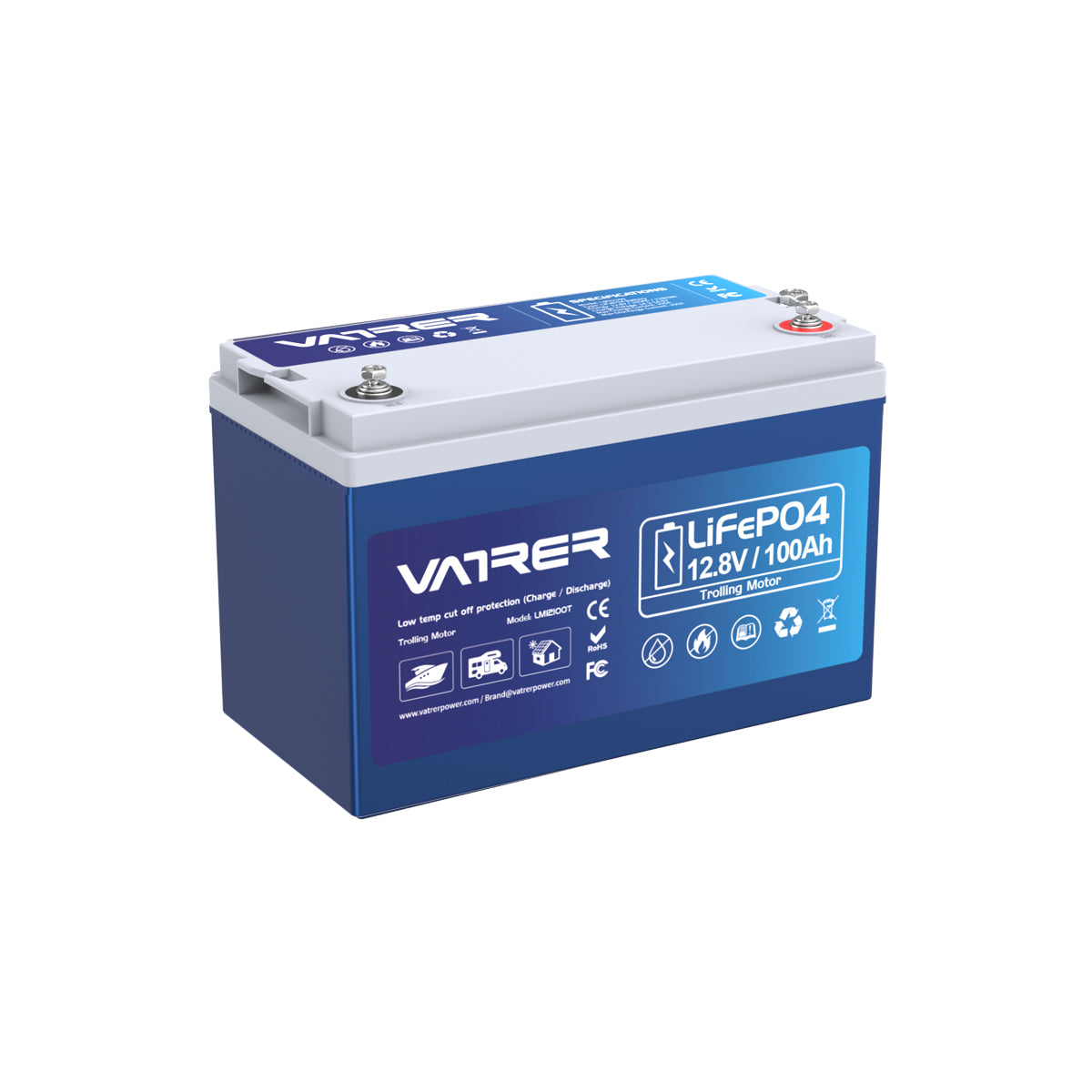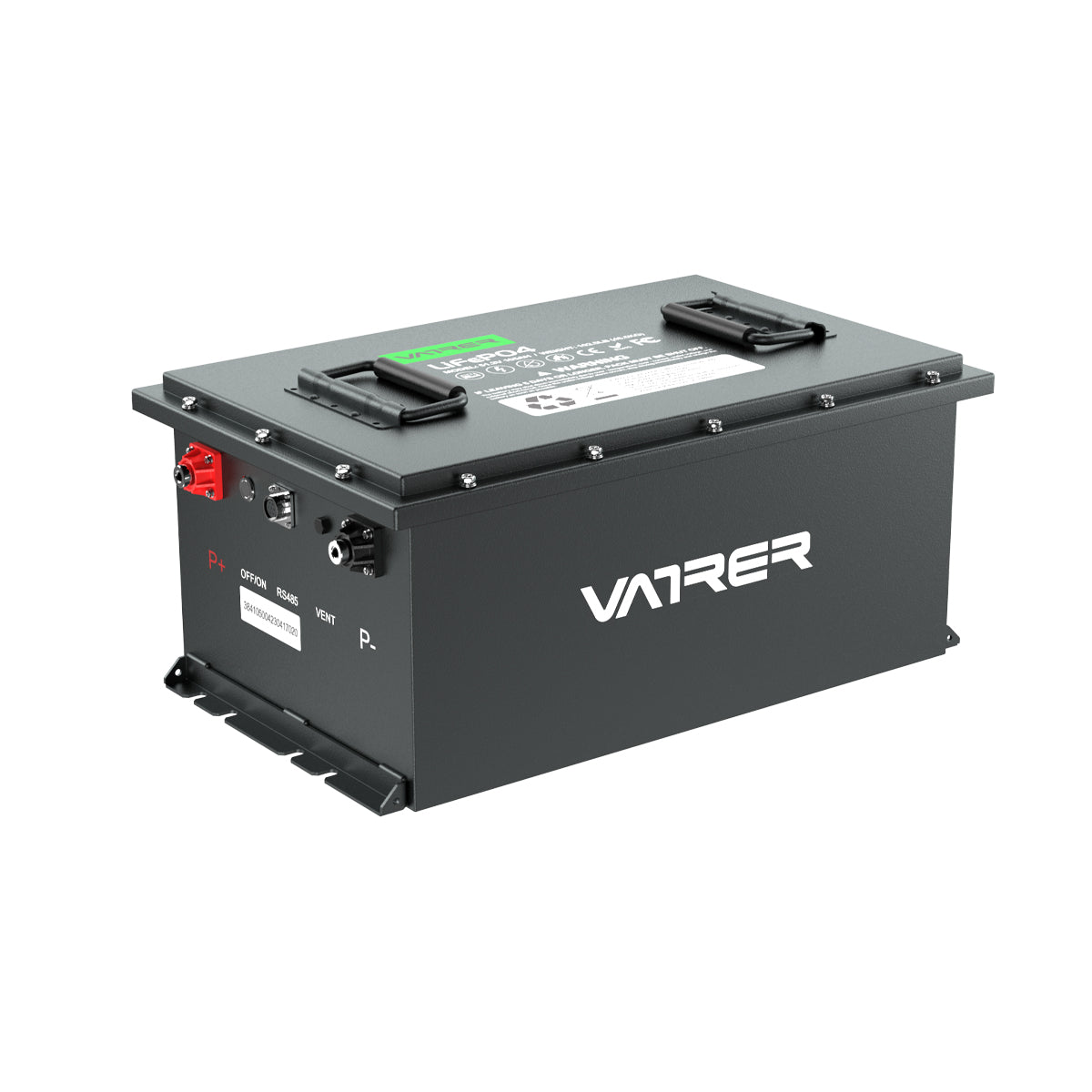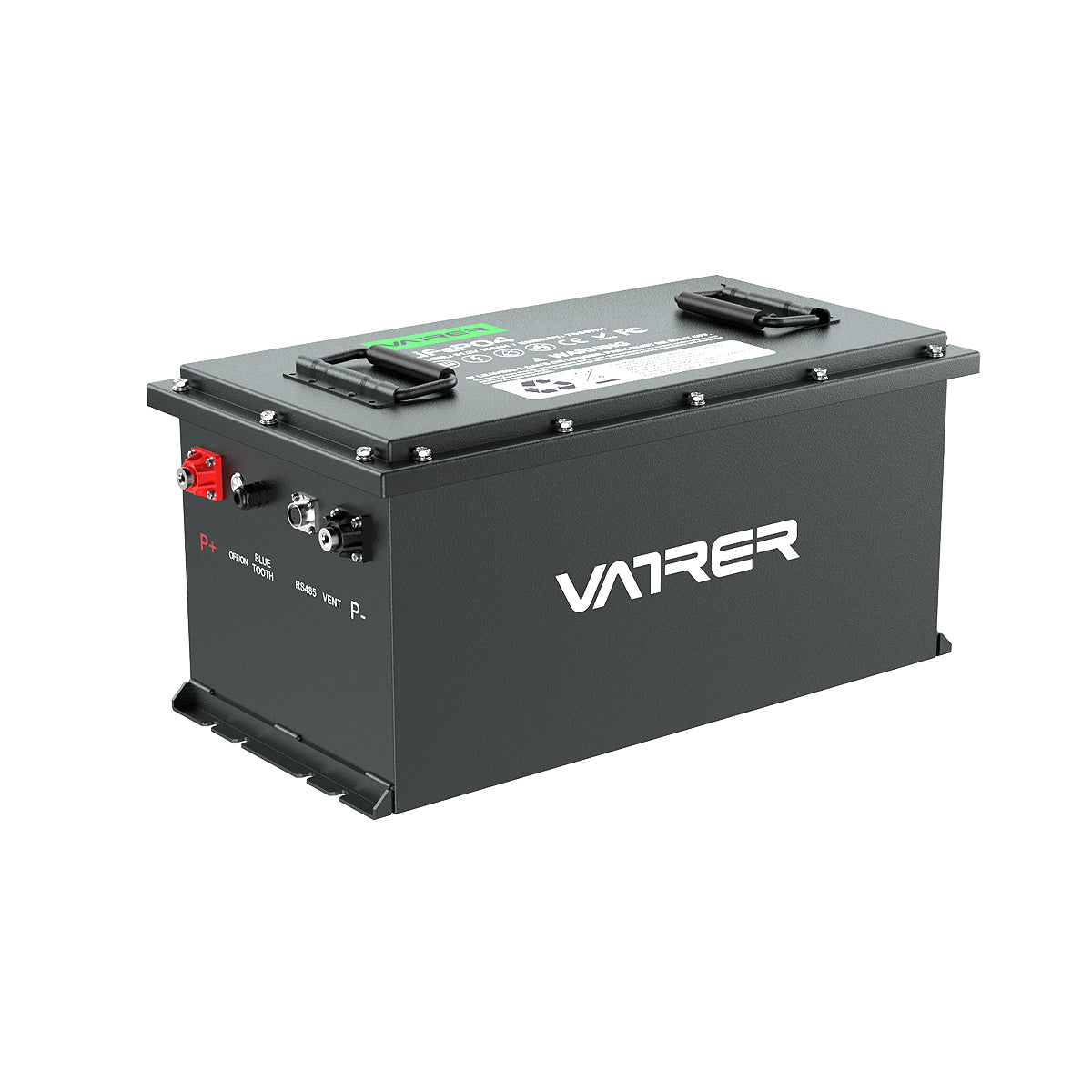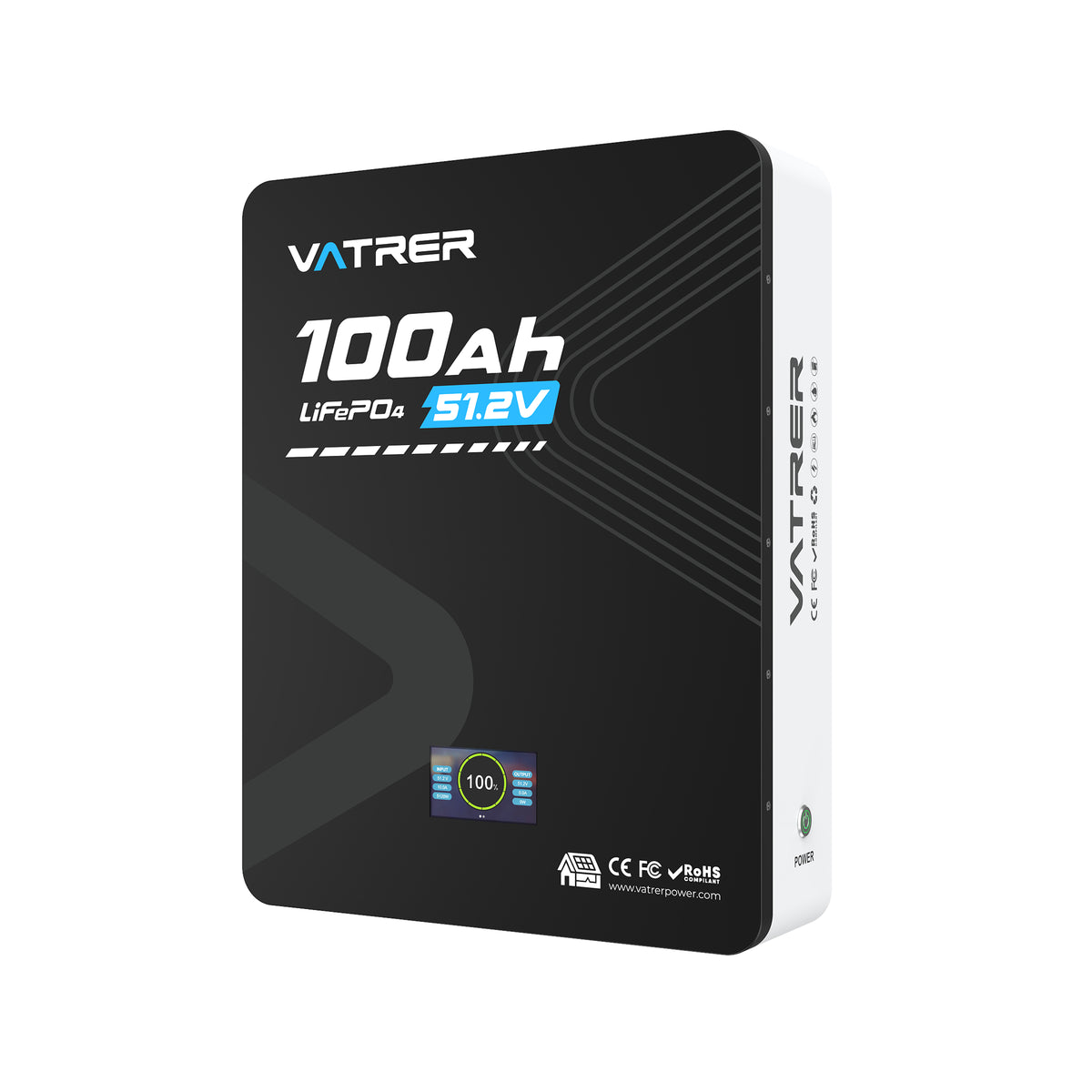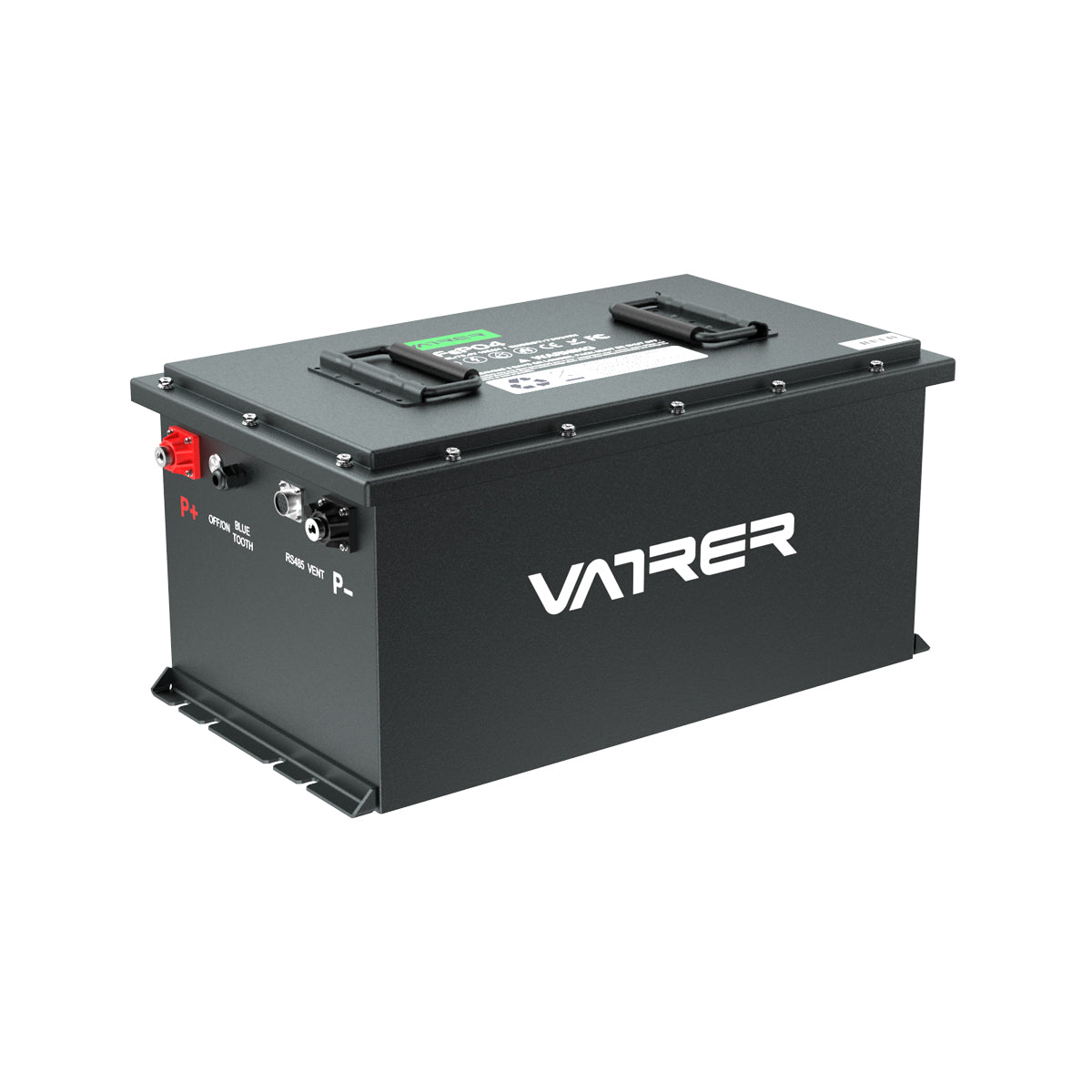Introduction
In the world where electricity is the backbone of technological advancement, understanding basic electrical principles is not just academic—it's essential. This article delves into the fundamental units of electricity: watts and amperes. These concepts are critical in managing and utilizing electricity efficiently, ensuring safety, and optimizing energy consumption in our daily lives.
Part 1: Basic Electrical Concepts
Voltage (Volt)
-
Definition and Role in Circuits: Voltage, denoted as and measured in volts, is the potential difference between two points in an electrical circuit. It's analogous to water pressure in plumbing, which pushes water through pipes. Voltage is what drives electric current through a conductor.
-
Common Voltage Standards: Electricity providers around the world utilize different standards based on regional electrical infrastructure and safety requirements. Here’s a breakdown of common voltages found in residential areas and their typical applications:
Region Standard Voltage (V) Common Uses North America 120, 240 Residential, small appliances Europe 230 Residential, general appliances Industrial 480 Heavy machinery, industrial loads
Current (Ampere)
-
Definition and Physical Meaning: Current, or amperage, measured in amperes (A), quantifies the rate at which electric charge passes a point in the circuit per second. It's similar to the flow rate of water through a hose.
-
How to Measure Current: An ammeter is used to measure current. For accurate measurement, the ammeter must be connected in series with the circuit component. It’s crucial not to break the circuit when installing the ammeter.
Power (Watt)
-
Definition and Calculation: Power, measured in watts (W), is the rate at which electrical energy is transferred by an electric circuit. The formula connects voltage and current to determine power.
-
Relation to Appliance Energy Consumption: Every electrical appliance has a power rating, which helps consumers understand its energy usage, crucial for managing energy expenses.
Appliance Power (Watts) Typical Usage Hours/Day Energy Consumed (kWh/Day) LED Light Bulb 10 5 0.05 Desktop Computer 400 4 1.6 Refrigerator 700 24 16.8
Part 2: From Watts to Amperes Conversion
Derivation of Conversion Formulas
- Understanding the conversion between watts, volts, and amperes is pivotal for electrical planning and safety. The formula is derived from the basic power equation , allowing the calculation of the current if the power and voltage are known.
Practical Application Examples
-
Case Study: Calculating the current draw for various household appliances helps ensure that your home’s wiring and breakers can handle the load without risk of overloading.
Appliance Voltage (V) Power (Watts) Current (Amps) Microwave Oven 230 1000 4.35 Washing Machine 230 1500 6.52
Part 3: Practical Operation Guide
Safety Tips
-
Electrical Work Safety Measures:
- Power off: Always turn off the main power at the circuit breaker or fuse box before starting any electrical work.
- Test for Power: Use a voltage tester on the wires you'll be working on to ensure the power is off.
- Insulation: Use tools with insulated handles.
- Avoid Water: Never work on electrical panels or devices with wet hands or in wet conditions to prevent electrocution.
-
Proper Use of Measuring Instruments:
- Ammeters: Ensure the ammeter is set to the correct measurement range before use. Connect the ammeter in series with the circuit component to measure its current draw accurately.
- Voltmeters: Unlike ammeters, voltmeters should be connected in parallel to the voltage source or load. Confirm the voltmeter's range is suitable for the expected voltage.
- Multimeters: When using a multimeter, select the function and range suitable for the measurement. Ensure that the probes are connected correctly—common (COM) and voltage/current (VΩmA) for different readings.
DIY Project Guide
-
Installing or Testing Appliance Current Use:
- Choosing the Right Ammeter: For measuring appliance current, select an ammeter that can handle the current range expected from the appliance.
- Integration: Turn off the appliance and disconnect it from the outlet. Connect the ammeter series with the supply line of the appliance. Ensure all connections are secure before turning the power back on.
- Observation and Recording: Once the appliance is running, observe the reading on the ammeter. Note the amperage drawn by the appliance and check against its rated current to ensure it operates within safe limits.
-
Troubleshooting Tips:
- Flickering Lights: Check for loose bulbs or connections. If the issue persists, use a voltmeter to check for voltage fluctuations.
- Tripping Circuit Breaker: Identify which circuit is tripping the breaker. Disconnect all appliances on that circuit. Reconnect them one by one, and identify the appliance that causes the breaker to trip.
- Unusually High Electricity Bill: Use an ammeter to check current draw for each appliance. Appliances drawing more current than their rating may be malfunctioning or inefficient.
Conclusion
This article has explored the fundamental relationships between voltage, current, and power. Through practical examples and detailed explanations, we aim to equip readers with the knowledge needed to manage and manipulate electrical systems safely and efficiently.
Frequently Asked Questions (FAQ)
-
What is the difference between AC and DC currents?
- AC (Alternating Current) changes its direction periodically, whereas DC (Direct Current) flows in one constant direction. AC is primarily used for power supply in homes and businesses due to its efficient long-distance transmission capabilities.
-
How do I calculate the energy cost of an appliance?
- Multiply the appliance's power in watts by the hours used per day, convert to kilowatts by dividing by 1000, then multiply by the cost per kilowatt-hour (kWh) charged by your utility company.
-
What is the significance of grounding in electrical systems?
- Grounding provides a safe path for excess electricity to disperse, particularly during a fault or short circuit, thereby protecting the system and preventing electrical shocks.
-
Can I use a higher wattage bulb than recommended in a lamp?
- No, it's unsafe as it may exceed the wiring capabilities of the lamp, potentially causing overheating and fire hazards.
-
What is a circuit breaker and how does it work?
- A circuit breaker is an automatically-operated electrical switch designed to protect an electrical circuit from damage caused by overload or short circuit. It detects a fault condition and interrupts current flow.
-
How can I reduce my home's overall power consumption?
- Invest in energy-efficient appliances, unplug devices when not in use, utilize smart meters, and consider renewable energy options like solar panels.
-
What are the risks of overloading a circuit?
- Overloading a circuit can lead to overheating, potential fires, and damage to electrical appliances and wiring.
-
How does voltage affect electrical safety?
- Higher voltages present greater risks of shock and require stringent safety measures, including proper insulation and grounding.
-
What should I do if I notice a burning smell from an outlet?
- Immediately turn off the circuit at the breaker, unplug all connected devices, and consult a professional electrician. Do not use the outlet until it has been inspected and deemed safe.
-
How often should electrical wiring be inspected in a home?
- Electrical systems should be inspected every 10 years for an existing home, and every 5 years for a home with added appliances or major renovations.







